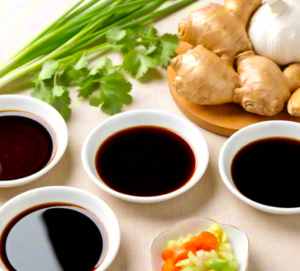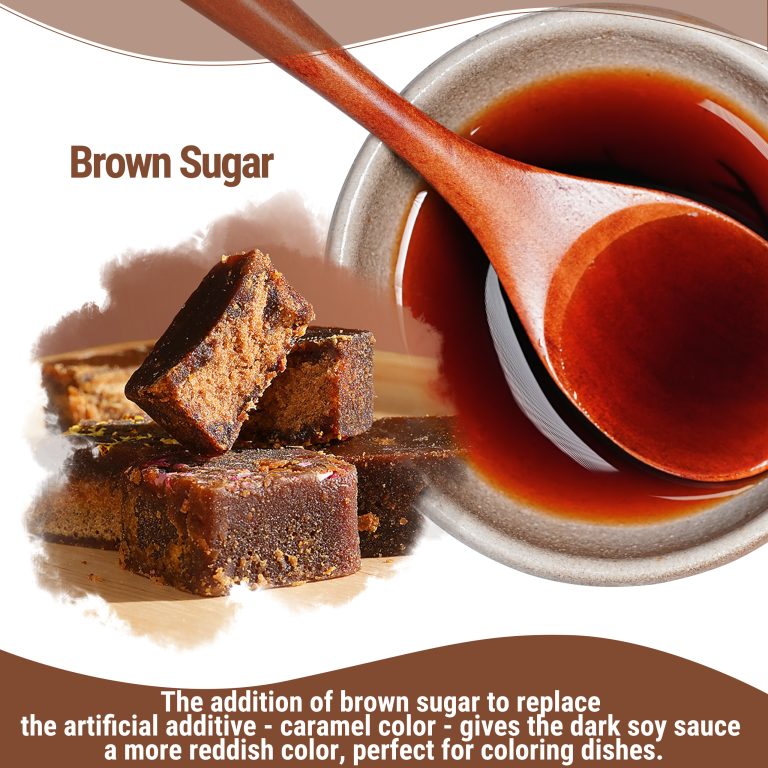目录
A condiments supplier plays a critical role in ensuring the availability and variety of flavor-enhancing products used globally. From ketchup and mustard to specialty sauces and seasonings, condiments suppliers cater to diverse consumer preferences while supporting large-scale food production. This article delves into their contribution to the food industry, market trends, and innovation in product offerings.
The Role of a Condiments Supplier in Global Food Markets
- Ensuring Product Availability and Diversity
Condiment suppliers provide an extensive range of products tailored to regional and international tastes. For example:
- Regional Specialties: Asian markets have seen a 15% increase in demand for soy-based condiments in recent years.
- Mass Production: Leading suppliers distribute an average of 25,000 metric tons of condiments annually to meet global consumption needs.
- Quality Assurance and Standardization
Suppliers implement rigorous quality control measures to maintain product consistency and comply with food safety regulations. Advanced processing methods, such as vacuum evaporation, ensure a 20% improvement in the retention of key flavor compounds in liquid condiments.
Market Trends Influencing Condiments Supplier Operations
- Expansion in Emerging Markets
With urbanization driving dietary changes, countries like India and Brazil have recorded a 22% increase in condiment consumption, presenting lucrative opportunities for suppliers to penetrate these regions.

Innovations by Leading Condiments Suppliers
- Product Development for Niche Markets
Suppliers are diversifying their product offerings to include plant-based sauces and condiments infused with probiotics. For example:
- Plant-Based Revolution: Demand for vegan condiments has grown by 12% annually since 2020.
- Functional Foods: Probiotic-infused condiments, such as yogurt-based dressings, cater to consumers seeking health benefits.
- Sustainable Packaging Solutions
Environmental concerns are driving suppliers to adopt sustainable practices:
- Packaging Innovations: Using biodegradable materials has reduced plastic waste by 28% across major condiment brands.
- Carbon Footprint Reduction: Energy-efficient production facilities have decreased emissions by 18% in the past five years.
Challenges and Opportunities for Condiment Suppliers
While condiments suppliers face challenges such as fluctuating raw material prices and stringent regulatory compliance, they also encounter growth opportunities:
- Technological Integration: AIdriven inventory management systems streamline supply chains and reduce costs by 15%.
- Global Partnerships: Collaborations with retail chains and food service providers enhance brand visibility and market reach.
A condiments supplier is more than a provider of flavor-enhancing products; they are innovators, economic contributors, and key players in shaping global culinary trends. By embracing sustainability, health-conscious product development, and technology-driven solutions, they continue to influence the evolving food industry.
0






